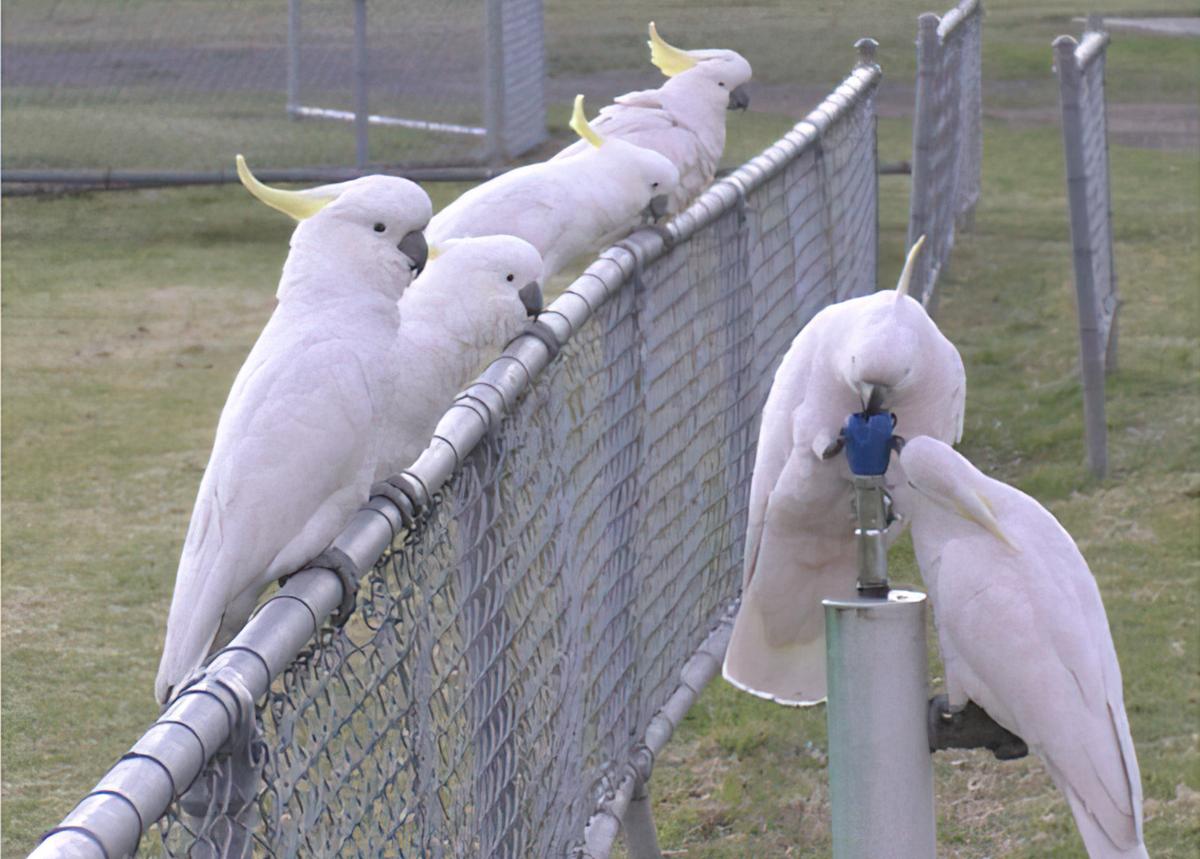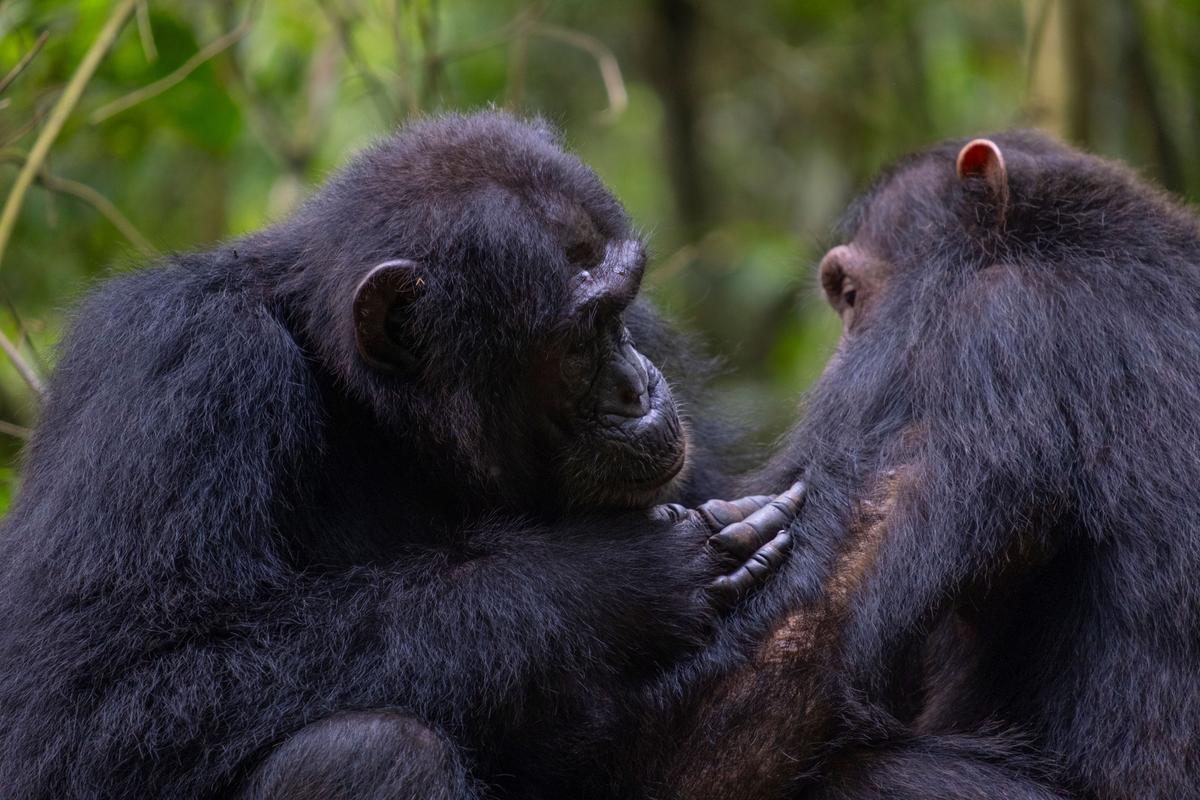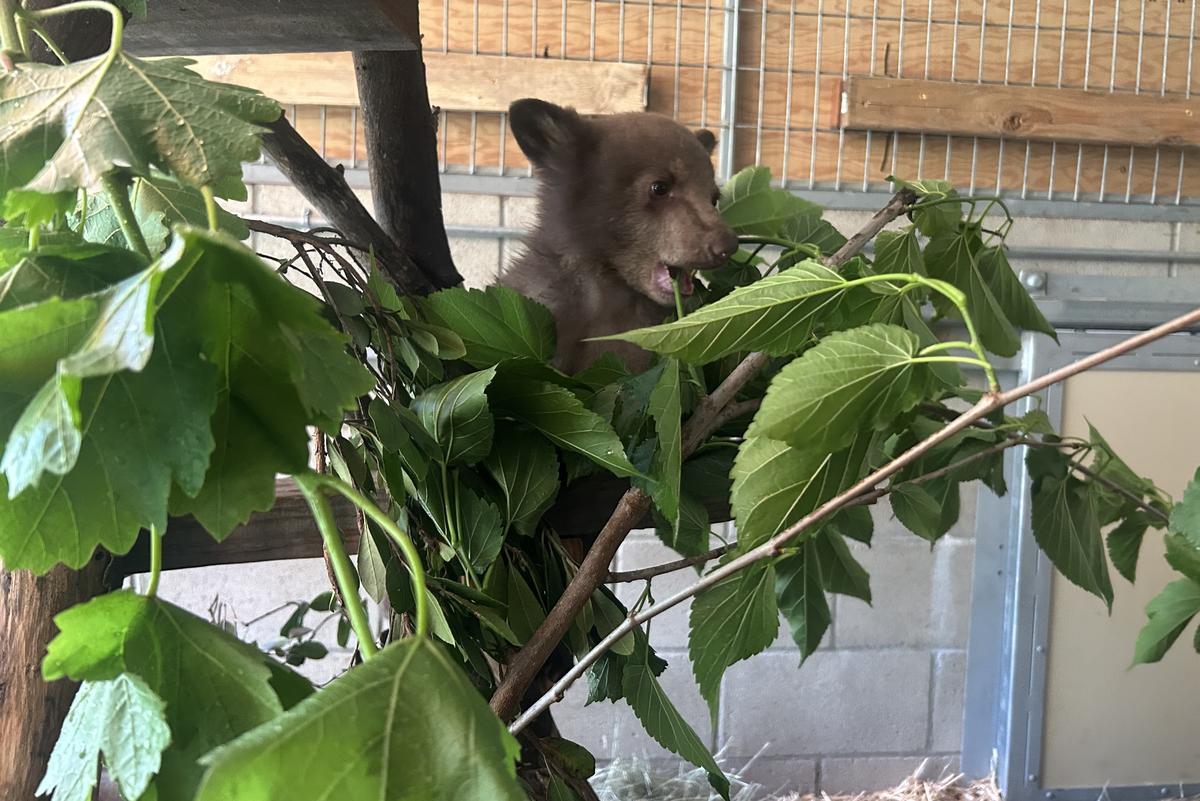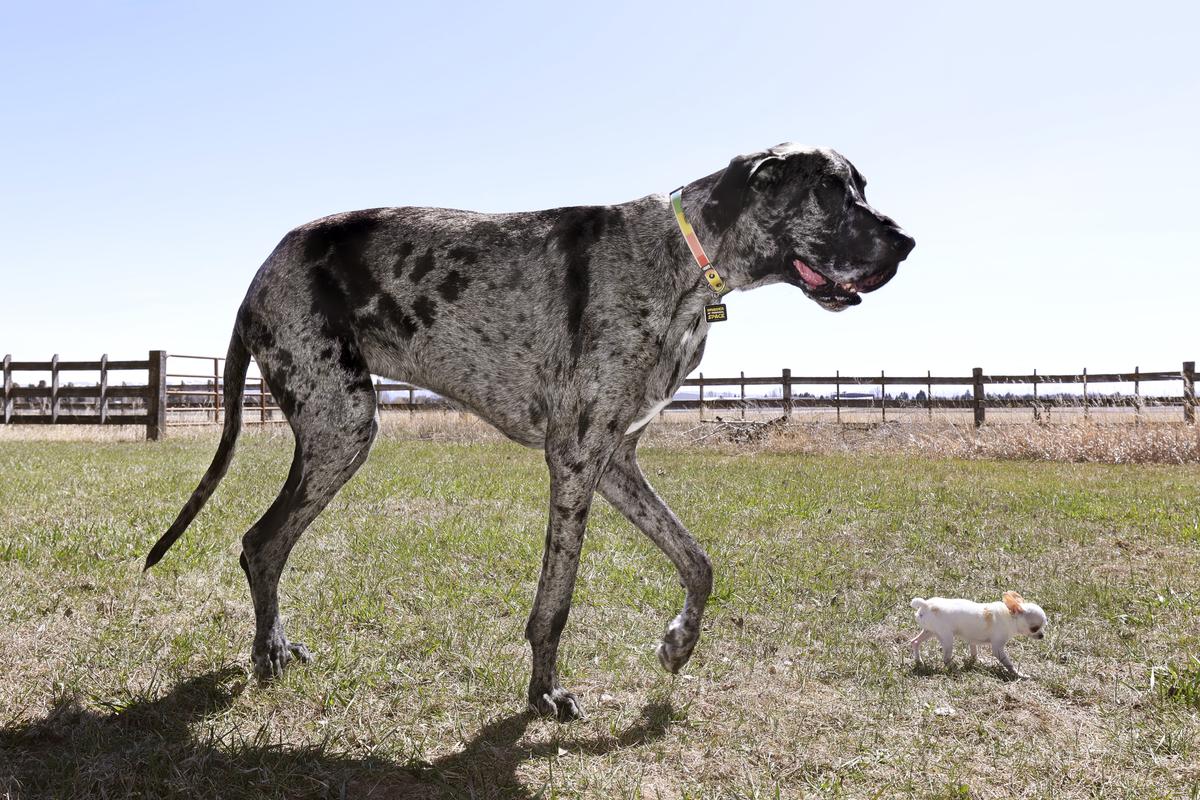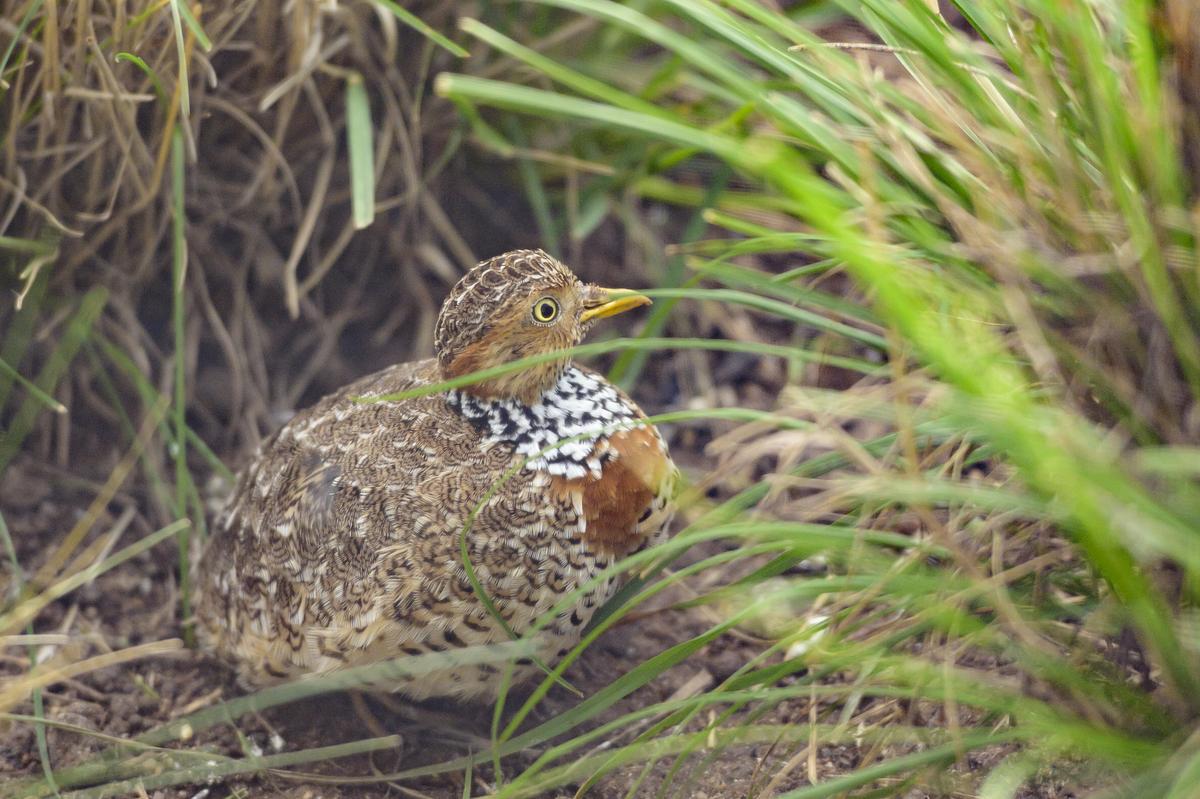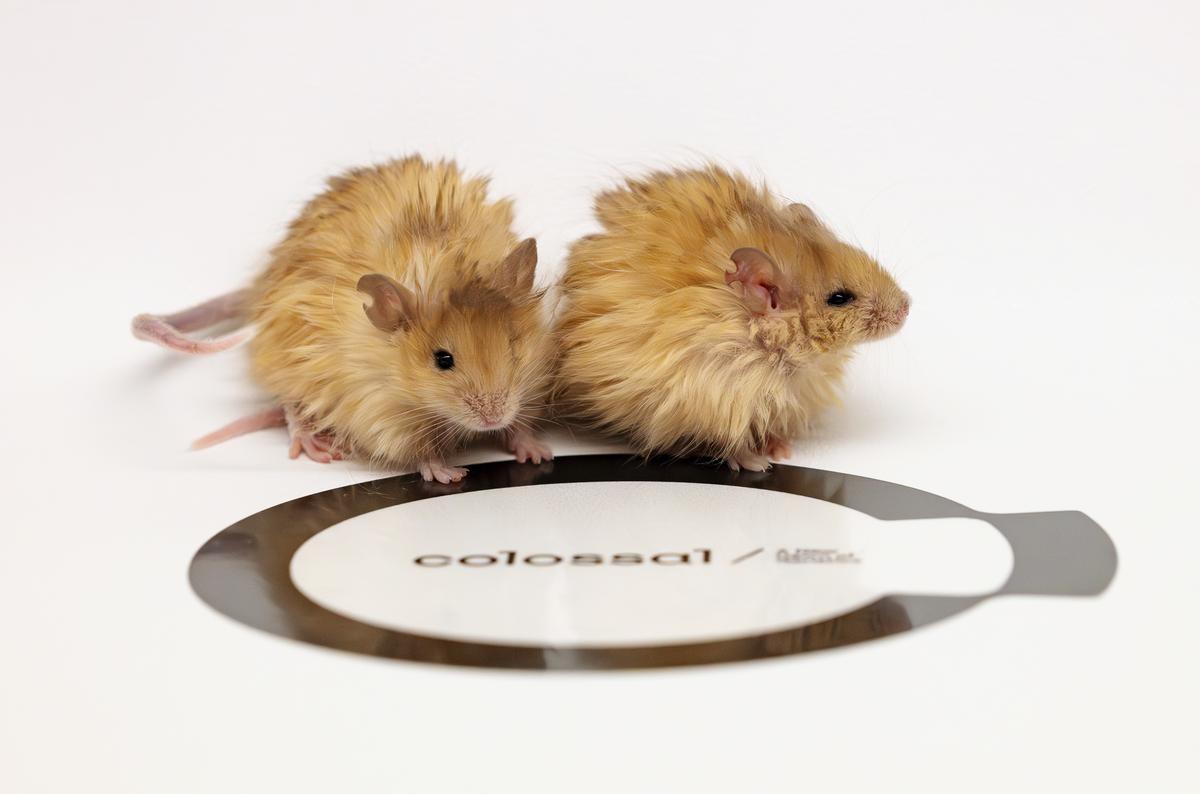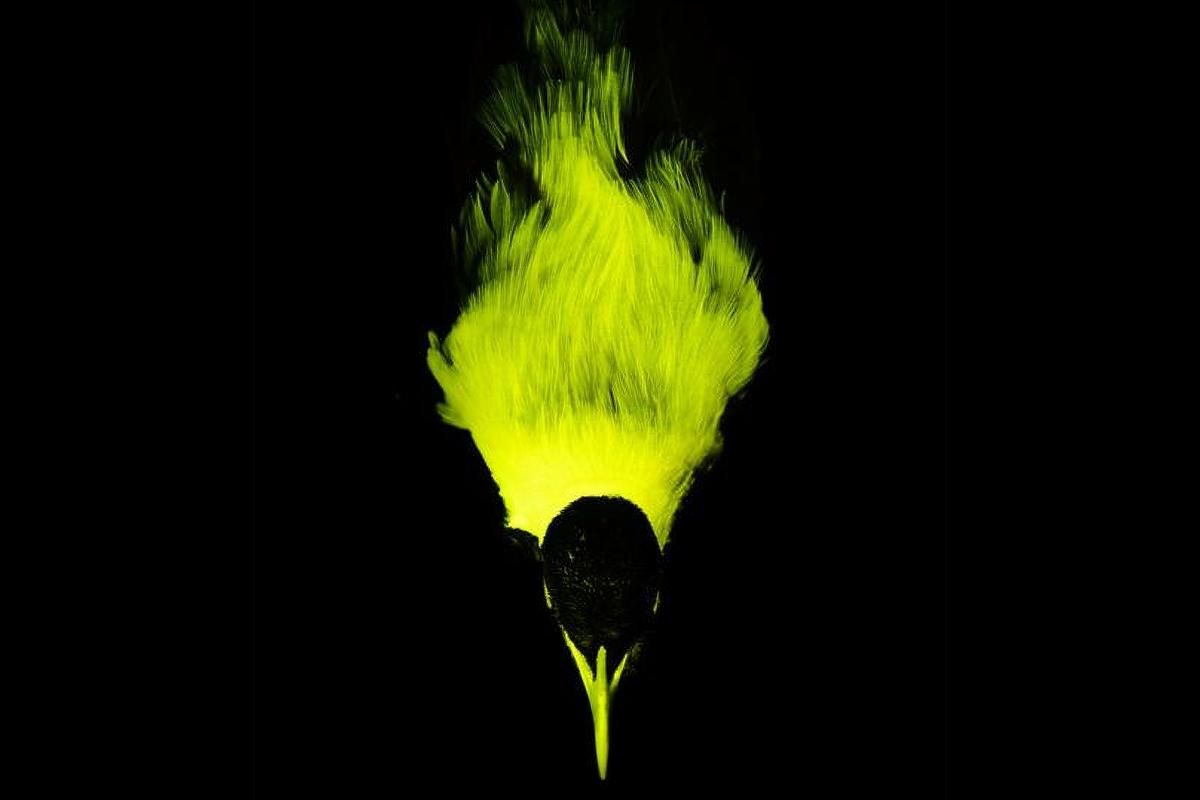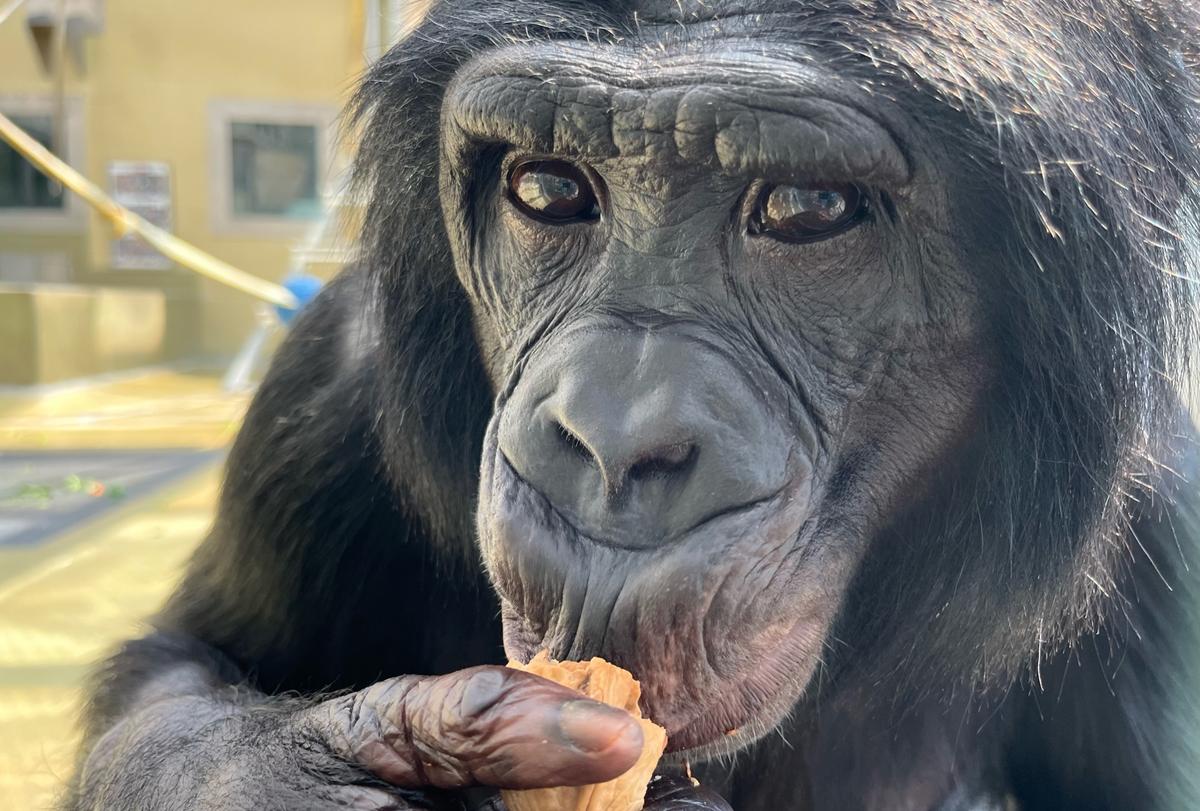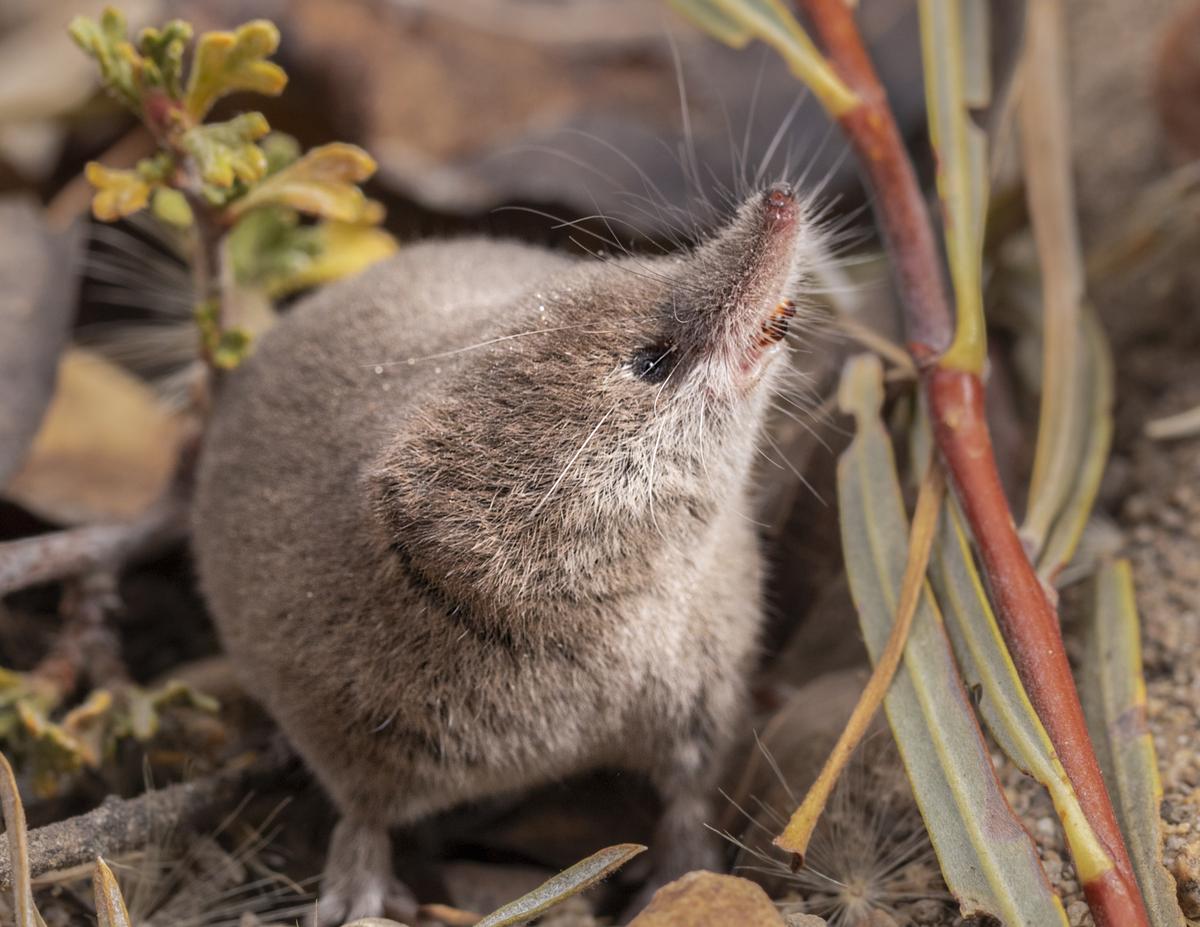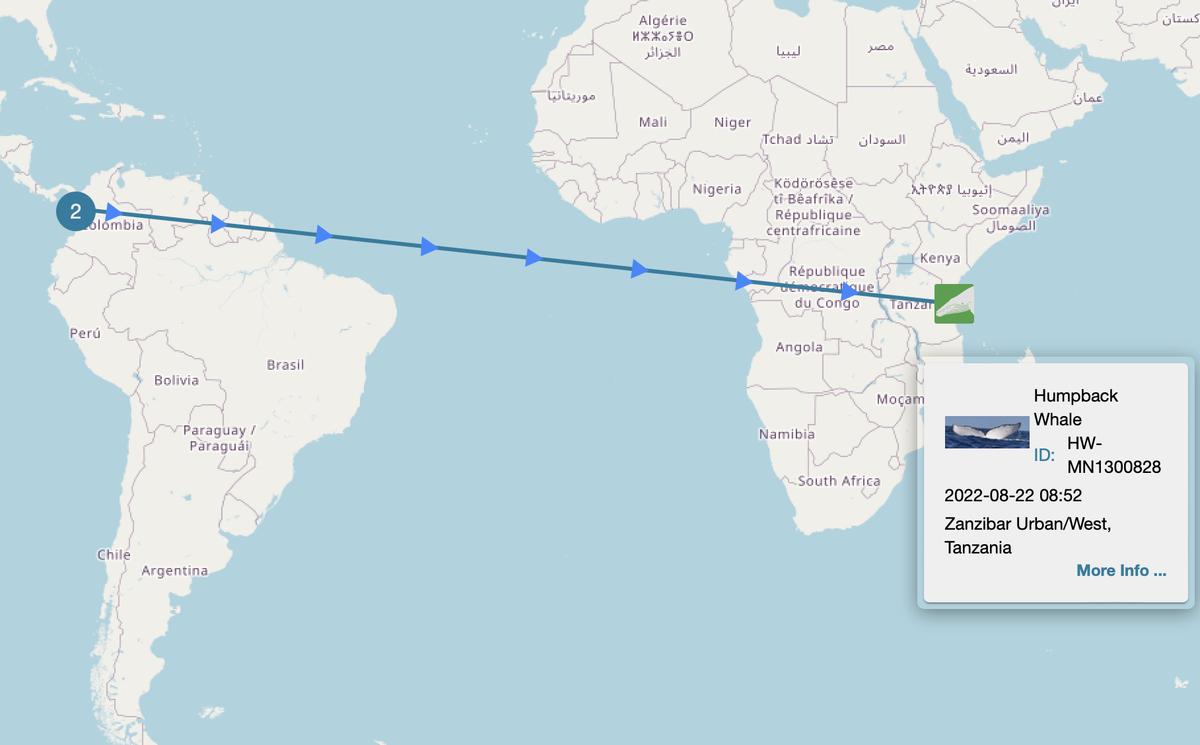Scientists have been studying a group of cockatoos in Sydney, Australia that have a clever trick: they've figured out how to drink from water fountains. The birds use one foot to turn the fountain's handle and then lower their head to the spout, allowing them to drink.
Posts tagged as “animals”
Scientists have long known that chimpanzees sometimes use leaves or insects as medicine. Now, researchers studying chimpanzees in Uganda have discovered that the animals will sometimes provide "first aid" to each other. This suggests that chimpanzees may be able to think about how to help others, as well as themselves.
When hikers in California came across a young bear cub crying on a trail last month, they knew they had to help. It was a rough start for the tiny bear, but now he's safe, healthy, and growing fast. In a year or so, he may be ready to return to the wild.
Last month, the world's shortest dog and the world's tallest dog had a chance to meet. Reggie the Great Dane and Pearl the Chihuahua got along great. Their meeting was a fun reminder that friendship doesn't depend on size.
In January, an iceberg as large as Chicago separated from an ice shelf in Antarctica. By chance, a scientific research ship was nearby. The scientists jumped at the rare chance to study an area of the ocean floor that had been covered by ice for thousands of years. What they found surprised them.
Scientists in Australia have used Artificial Intelligence (AI) to help them locate a rare bird called the Plains-wanderer. This new information will help scientists protect the birds, which are endangered.
A company called Colossal Biosciences has created thick-haired mice that they are calling "Colossal Woolly Mice". The mice, created by editing DNA, are meant to be a step toward the company's larger goal of recreating the extinct woolly mammoth. Not everyone thinks it's a great idea.
Scientists have discovered that many species of birds-of-paradise have feathers that glow. Birds-of-paradise were already well-known for their very colorful feathers and the fancy dances they use to attract mates. The discovery suggests that the birds are even more striking than we knew.
As humans, we can think about what other people are thinking, and understand that their ideas might be different from ours. Scientists call this "theory of mind". An important question is whether animals can do the same. A recent experiment suggests that bonobo apes may share this ability.
Three young scientists have captured the first photos of a Mount Lyell shrew. The tiny animal is the only mammal in California that hadn't been photographed alive - until now. The scientists hope their images will help raise awareness about the little-known species.
Scientists have discovered that a male humpback whale traveled over 8,100 miles (13,000 kilometers) across three oceans. The journey is the longest known trip for a humpback whale. It's likely that the whale made the trip in search of a mate.

